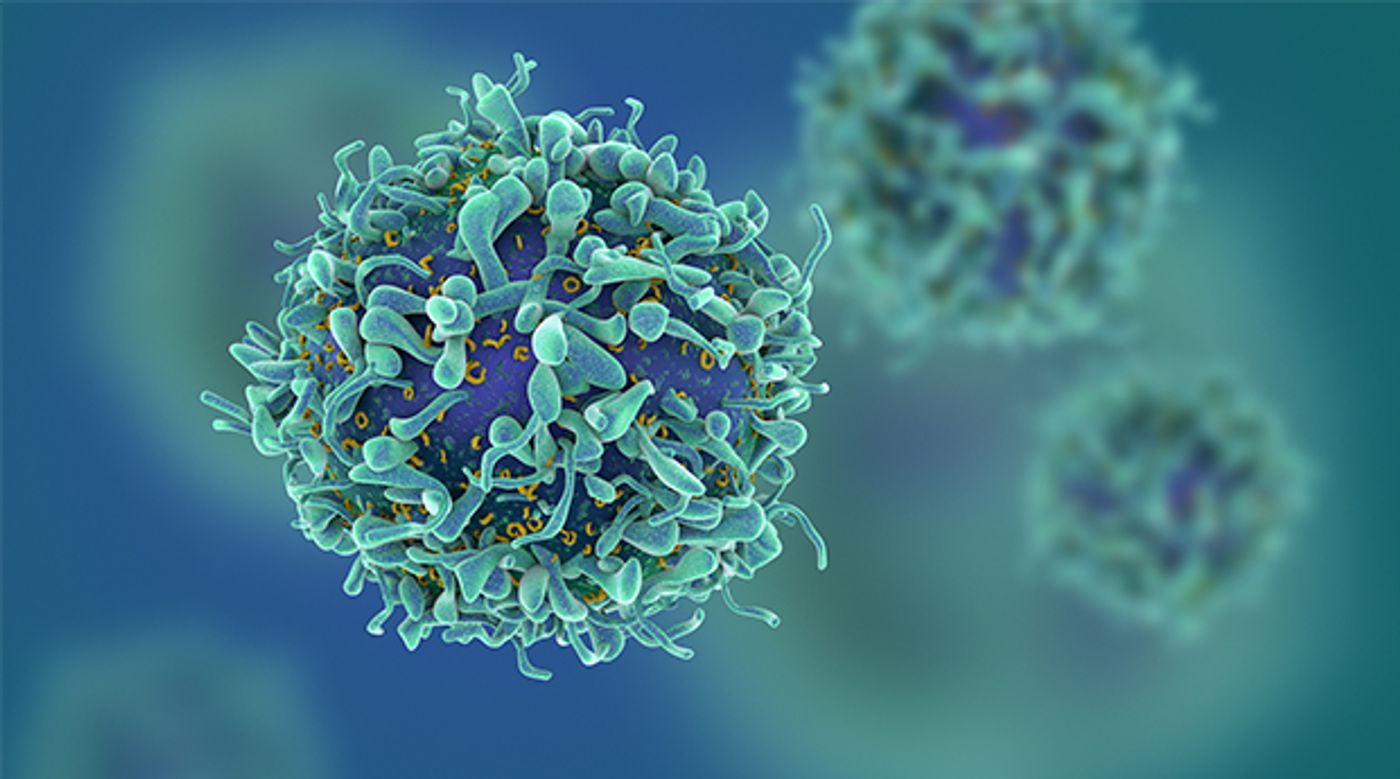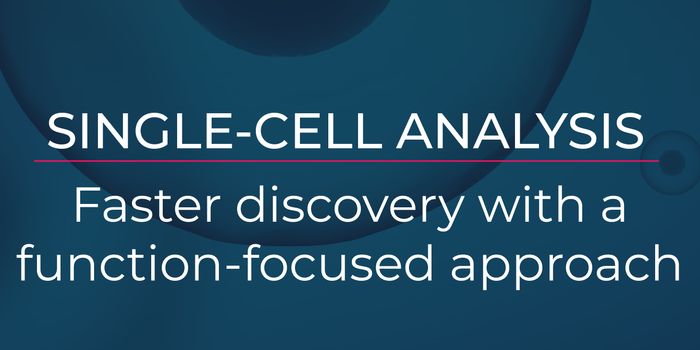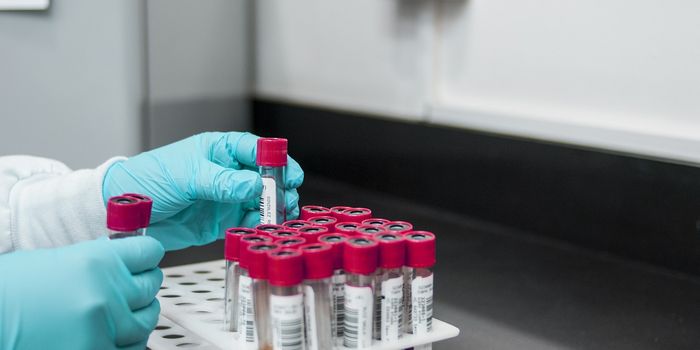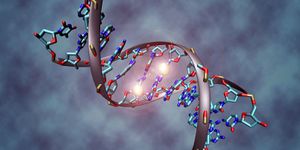Blocking Cancer's Ability to Talk to Bone Marrow Cells
Countless conversations – requests and replies -- are happening inside our bodies at all times. When cancer grows in the body, it has conversations of its own. A new treatment from the Medical College of Georgia at Augusta University focuses on cutting off cancer’s dialogue with bone marrow, keeping it from using the body’s normal and incredibly responsive functions against itself. The new method, which involves inhibiting 20-Hydroxyeicosatetraenoic acid (20-HETE), a metabolite of arachidonic acid, is discussed in two papers in the International Journal of Molecular Sciences that report on human glioblastoma and breast cancer.
Glioblastoma (a type of brain tumor) and breast cancer are both aggressive cancers. Breast cancer often spreads throughout the body and glioblastoma takes up more and more space within the brain over time.
"Our idea is that the most aggressive tumors have the same basic mechanisms of growth and spread. We have good evidence that blocking 20-HETE production is a good way to inhibit that growth," Dr. Ali S. Arbab, senior author on both articles, says.
Usually, 20-HETE works within the body to regulate blood pressure and mediate inflammation. Tumors give off an excess of 20-HETE. Then, this chemical activates immune cells, which send out proteins called cytokines, which become a “siren” to the bone marrow, a January 2018 press release explains.
"Cytokines are the point of action and cancer releases a lot of them," Dr. Thaiz F. Borin, co-author of the corresponding paper on breast cancer, explains. Once the bone marrow cells are called to the scene by the cytokines, a 20-HETE will use them to “bolster” the original cancer site on behalf of the tumor or, if the cancer is in the breast, it can use the bone marrow cells to prepare secondary sites such as the liver, lungs and brain for cancer growth. When doing a tumor’s bidding, 20-HETE causes multiple ill effects, including dangerous cell inflammation.
The scientists are using an inhibitor called HET0016 in combination with chemotherapy to counteract the negative results of the overproduction of 20-HETE by tumors. They found that using this method cuts off the tumor’s ability to communicate throughout the body and reduces the spread of breast cancer. Use of HET0016 as an inhibitor also decreases the invasiveness, aggressiveness and size of primary tumors.
"The [tumors] are becoming static," Arbab says. Also, normally, as chemotherapy kills cancer cells, the cells will send out more cytokines, which this method can counteract. The team predicts this treatment will be used as an adjuvant therapy.
Healthy bone marrow production has not been shown to be affected by HET0016. The inhibitor this team has utilized for their preclinical studies is made by Augusta University Assistant Professor Dr. Iryna Lebedeva. They have also selected companies that can produce a clinical-grade inhibitor in the future.
The researchers are now continuing their studies into how the bone-marrow-recruitment process and inhibitor work.









